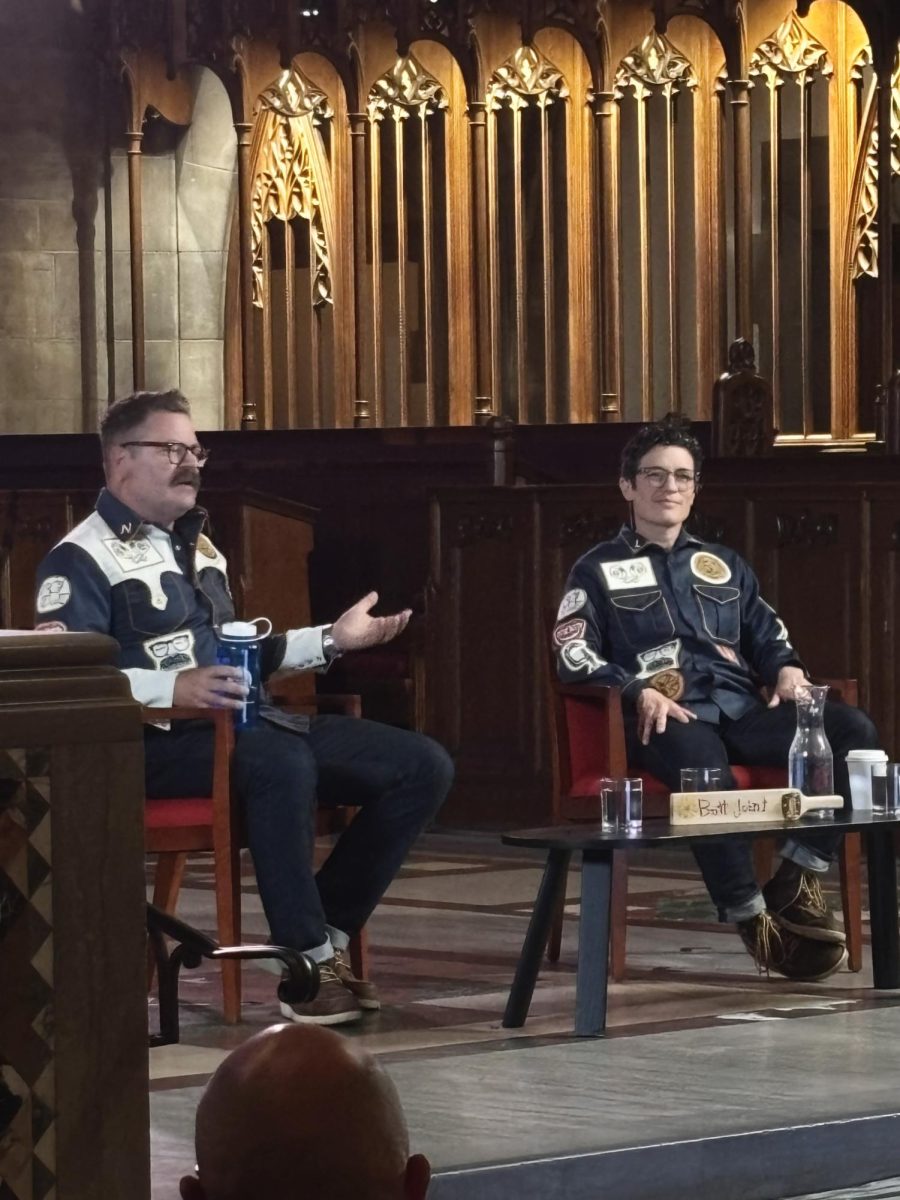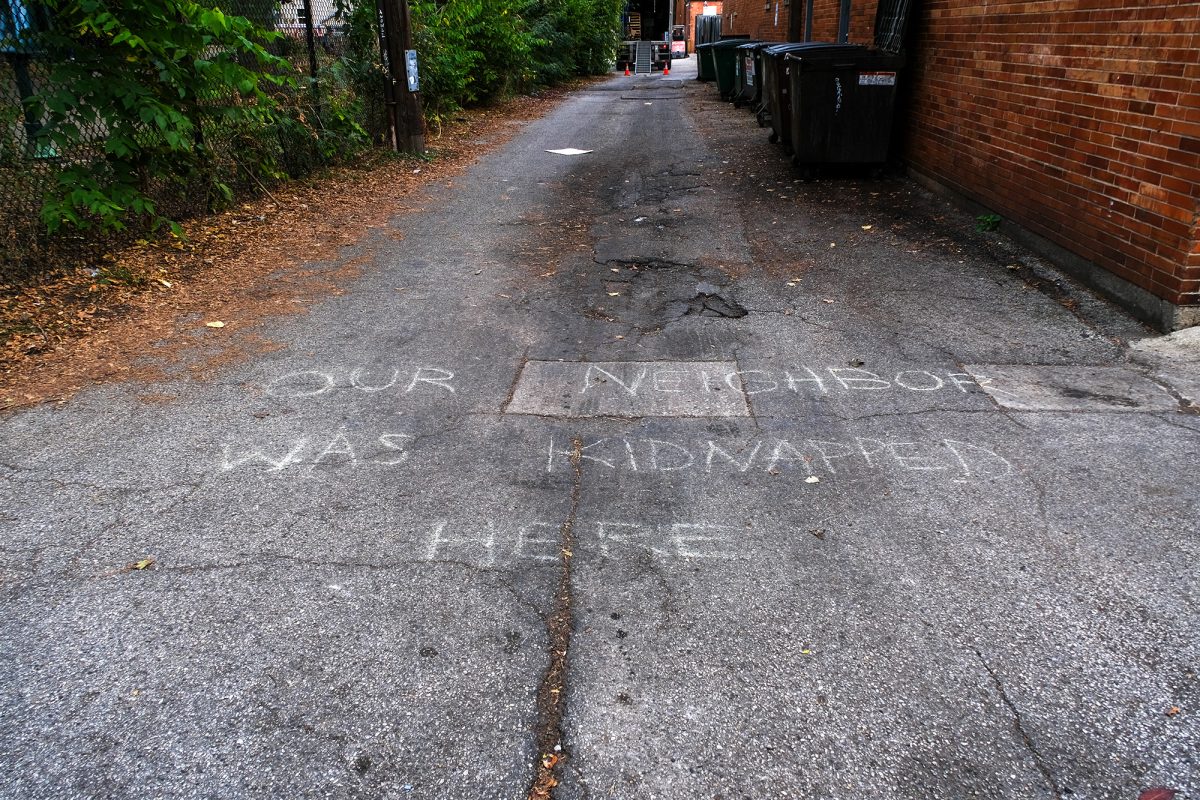The University has been awarded a $6.25 million grant by the Environmental Protection Agency (EPA) to establish a center to investigate the use of statistical methods for investigating environmental problems and developing new approaches in the field of risk assessment. The Center for Integrating Statistical and Environmental Science will hold its first meeting September 19th and 20th, 2002.
The EPA grant comes under the auspices of the Science to Achieve Results (STAR) program, a project of the National Center for Environmental Research that endows research directed towards specific environmental concerns. The cooperative agreement will endow the center for five years and will bring together researchers at the University and Argonne National Laboratory, along with academics at the University of Michigan-Ann Arbor, the University of Wisconsin-Madison, the University of Colorado-Boulder, the University of Illinois-Urbana-Champaign, the University of California-Berkeley, and researchers at the National Oceanic and Atmospheric Administration.
“I think one of the reasons we received the grant was our proposal’s ability to integrate many groups of people from many disciplines working on these problems,” said Michael Stein, the newly appointed director of the Center. “Some of these are existing collaborations, and some of these are being established by the center.”
Stein is a professor in the Department of Statistics and a faculty member in the Chicago Environmental Initiative. His research over the past decade has examined pure statistics and the use of statistical models to explore acid rain and atmospheric ozone levels.
According to Stein, a primary focus of the Center’s research will be the integration of stochastic and random models with deterministic methods of environmental prediction. “There’s plenty of modeling that goes on using stochastic and random models. Right now there’s much discussion of how to bring the two together such as in the field of weather predictions,” he said.
A vital function of the center will be to combine these methods. “From the statistical side,” Stein said, “we’re trying to develop new stat models.”
Researchers will use these models in their work on subjects such as relationships between air pollution, infant mortality, and respiratory illness. “We’re working with specific problem, specific data sets what is going on right now,” Stein said.
The grant explicitly involves students in the creation of the center as part of the education of the next generation of statisticians and environmental scientists. Under the cooperative agreement a number of graduate students and post-doctoral students will work alongside professors at the participating universities.
“We’re trying to bring students into the process,” Stein said. “The research we’re doing is too complicated for undergraduates, but we have four post-docs currently working for us. We also have a student working at the EPA this summer. The science of environmental problems is just very hard it’s hard to say where we’ll be in five years.”








